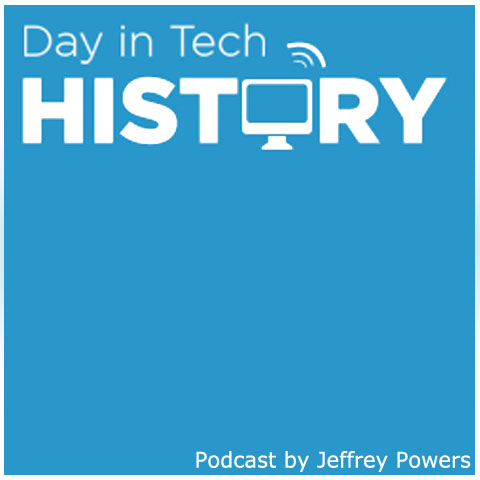October 29, 2013: William Lowe Passes
Subscribe! Spotify | RSS | More
2013: If you grew up in the 80’s, you knew what an IBM PC was. Even in the 90’s and 00’s, the PC was what you had in the corner of the house to do homework on, surf the internet, work out expenses and more.
William C. Lowe was the man that brought that all together. He joined IBM in 1962 and left in 1991. It was in 1981 that the IBM PC debuted.
Did you know IBM was late in the PC game? In order for them to beef up a PC division, they almost bought Atari.
Instead, they decided to go with an open architecture with the PC. It took one year to develop and in the end the IBM PC could be purchased for $1,565.
We remember William C. Lowe with admiration.
1955 – Reynold Johnson brought a new idea to life. Using magnetic cylinder memory, His team put 50 platters – 24 inch disks – into a series. The end result – the first hard drive was born. The device was then produced as the IBM 350 (debuted September 4th, 1956), which was put into the IBM 305 RAMAC (Random Access Method of Accounting and Control), which was debuted in September 13th, 1956 – with the IBM 355 (hard drive) and IBM 650 (RAMAC) on September 14th. It ran at 1,200 rpm and held 5 MB of data.Reynold Johnson’s prototype weighed one ton. The 350 cost $10,000 / MB.
Subscribe to Day In Tech History:
RSS Feed - iTunes - Android - Spotify - iHeartRadio
Facebook -
- RSS Bandwidth by Cachefly Get a 14 Day Trial
- Join me on Patreon and support Day in Tech History






![AppleIBM[1] IBM Apple](https://dayintechhistory.com/wp-content/uploads/2013/07/AppleIBM1-65x65.jpg)
